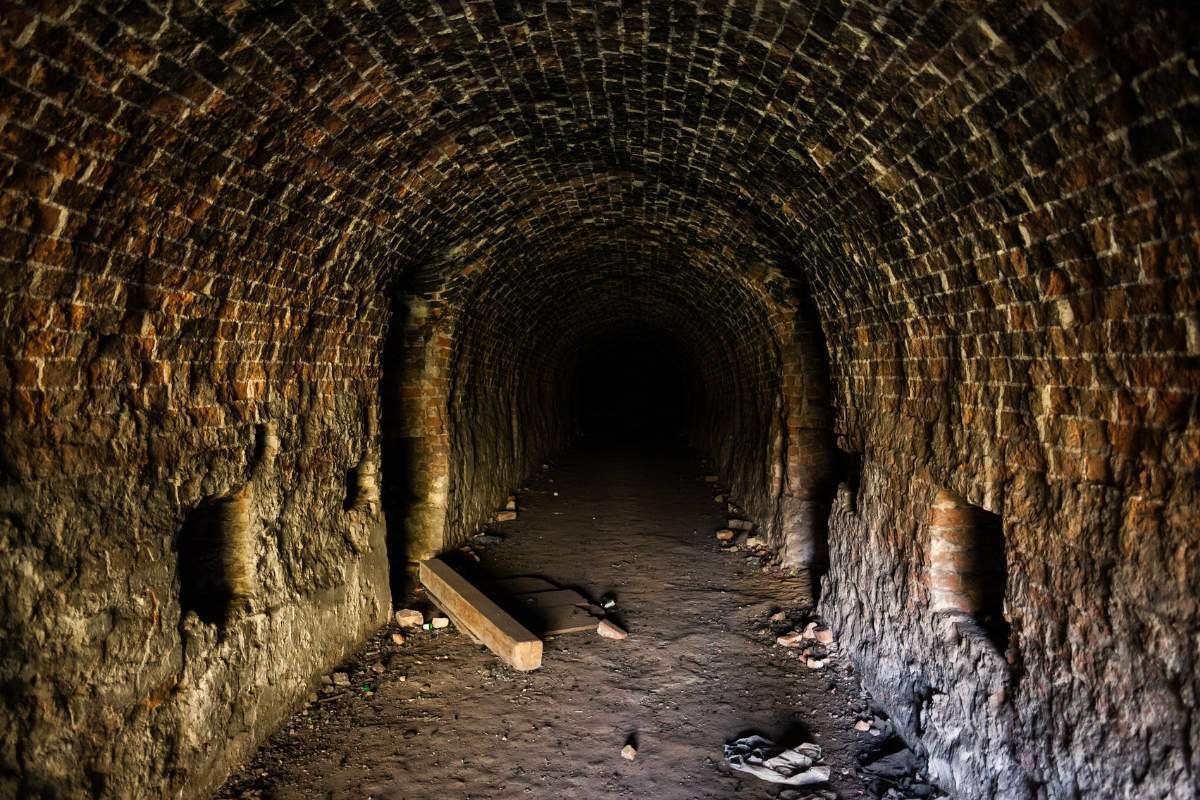Safety is a fundamental concern in any organization. It’s not just about avoiding accidents; it’s about fostering a culture of safety and human reliability that permeates every level of your business. Such a culture doesn’t just protect your employees and assets; it enhances productivity, improves morale, and can even save lives. In this article, we’ll delve into the importance of building a culture of safety and human reliability within your organization and how to go about achieving it.
The Importance of a Safety Culture
Protecting Lives and Well-being: The most apparent reason for prioritizing safety is to protect the lives and well-being of your employees. A workplace accident can lead to injuries or even fatalities, causing immeasurable suffering to individuals and their families. A strong safety culture significantly reduces the risk of such incidents.
Minimizing Costs: Workplace accidents come with a hefty price tag. Direct costs include medical bills and workers’ compensation claims, while indirect costs encompass decreased productivity, employee turnover, and damage to your company’s reputation. A safety culture helps minimize these costs.

Enhancing Productivity: A safe work environment is a productive one. Employees who feel safe and supported are more likely to focus on their tasks and contribute positively to the organization. This, in turn, improves overall productivity.
Attracting and Retaining Talent: A strong safety culture can be a magnet for talent. Potential employees are more likely to choose an organization with a reputation for valuing safety. Moreover, employees are more likely to stay with a company that prioritizes their well-being.
Legal and Regulatory Compliance: Many industries are subject to strict safety regulations. A culture of safety ensures compliance with these regulations, reducing the risk of fines, legal troubles, or even shutdowns.
Improving Reputation: Your company’s reputation is one of its most valuable assets. A strong safety culture can boost your reputation as a responsible and ethical organization, attracting customers and partners.
Understanding Human Reliability
Before diving into how to build a safety culture, it’s important to understand the concept of human reliability. It is the measure of how well an individual can be expected to perform a task without error, particularly in safety-critical and high-risk environments. In many industries, human factors are a significant contributor to accidents and errors. Therefore, building a culture of safety involves improving human reliability.
Factors Affecting
Several factors that can influence it:
Training and Competence: Employees need the proper training and knowledge to perform their tasks safely and effectively. Inadequate training can lead to errors.

Workplace Environment: A safe and organized workplace is conducive to human reliability. A cluttered, disorganized workspace can lead to accidents and mistakes.
Communication: Clear and effective communication is crucial. Miscommunication can lead to misunderstandings and errors.
Fatigue: Tired employees are more prone to errors. Managing employee workload and ensuring they get sufficient rest is essential for it.
Stress: High stress levels can impair cognitive functions and decision-making, leading to mistakes.
Building a Culture of Safety
Now that we understand the importance of safety and human reliability, let’s explore how to build a culture that prioritizes them:
Leadership Commitment: It starts at the top. Leaders must visibly and consistently demonstrate their commitment to safety. This includes setting safety-related goals, participating in safety initiatives, and being accessible to employees’ safety concerns.
Clear Policies and Procedures: Establish clear and comprehensive safety policies and procedures. Make sure they are easily accessible to all employees and regularly updated as needed.
Training and Education: Provide ongoing safety training for all employees. This should cover both general safety principles and specific safety procedures relevant to their roles. Regular training reinforces safety practices and keeps them top of mind.
Safety Reporting Systems: Create a system that allows employees to report safety concerns, incidents, or near misses without fear of reprisal. Investigate these reports thoroughly and take appropriate action.
Safety Audits and Inspections: Regularly inspect and audit your workplace for safety compliance. Correct any issues promptly. Encourage employees to participate in these inspections.
Reward and Recognition: Recognize and reward employees who actively contribute to safety. This can include incentives, awards, or simply acknowledging their efforts publicly.

Open Communication: Foster an environment where employees feel comfortable discussing safety concerns openly. Encourage feedback and suggestions for improvement.
Peer-to-Peer Accountability: Encourage employees to hold each other accountable for safety. When coworkers look out for one another, it creates a strong safety net.
Continuous Improvement: Safety is an ongoing process. Continuously review and improve your safety protocols and culture. Learn from past incidents and near misses.
Resources and Support: Provide the necessary resources, equipment, and support to ensure employees can work safely. This includes tools, safety gear, and access to medical assistance if needed.
Safety Culture Surveys: Periodically survey employees to gauge the state of your safety culture. Use their feedback to identify areas that need improvement.
Leadership by Example: Leaders should lead by example. They must follow safety protocols rigorously and demonstrate a commitment to safety in their actions.
Conclusion
Building a culture of safety and human reliability could be an overnight endeavor thing. Catering to this, you require the unbending commitment and continuous improvement. However, few benefits are worth it. moreover, a strong and safe cultural life can minimize the cost and enhance productivity to attract and retain the talent. To improve the company’s reputation and retain talent, you can focus on making your brand more popular. Do not forget that safety is not just a set of rules and procedures, it is a mindset that is embedded in the DNA of your organization. We hope you enjoyed reading our article.


















